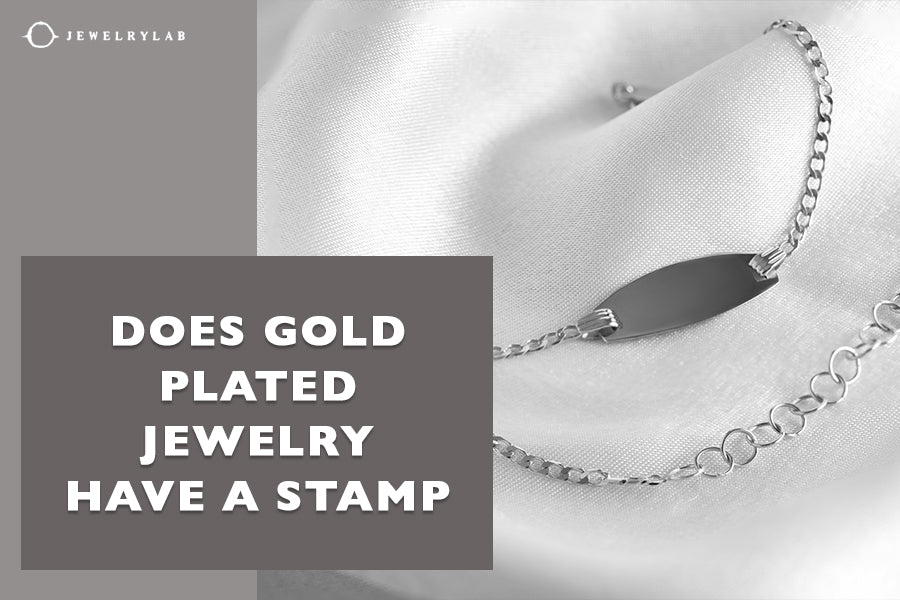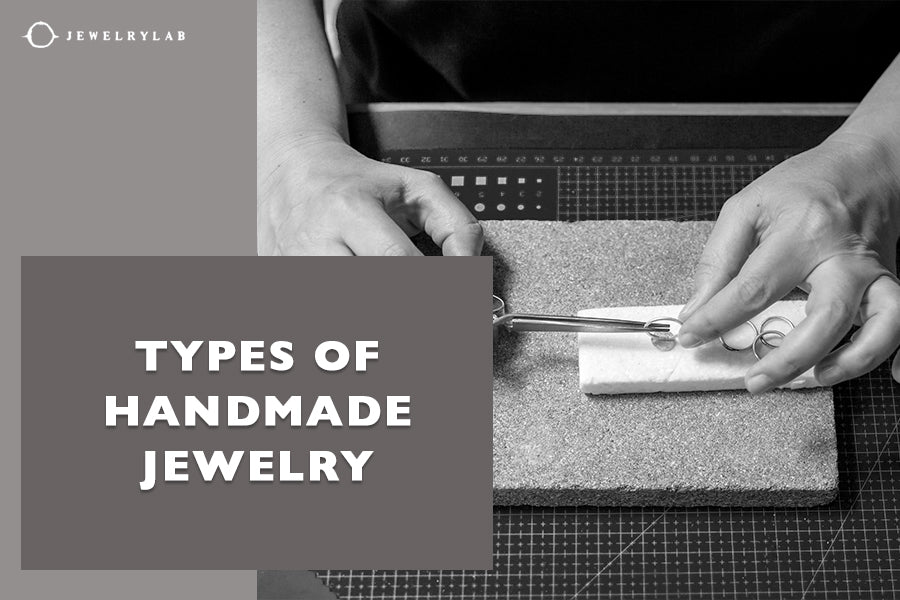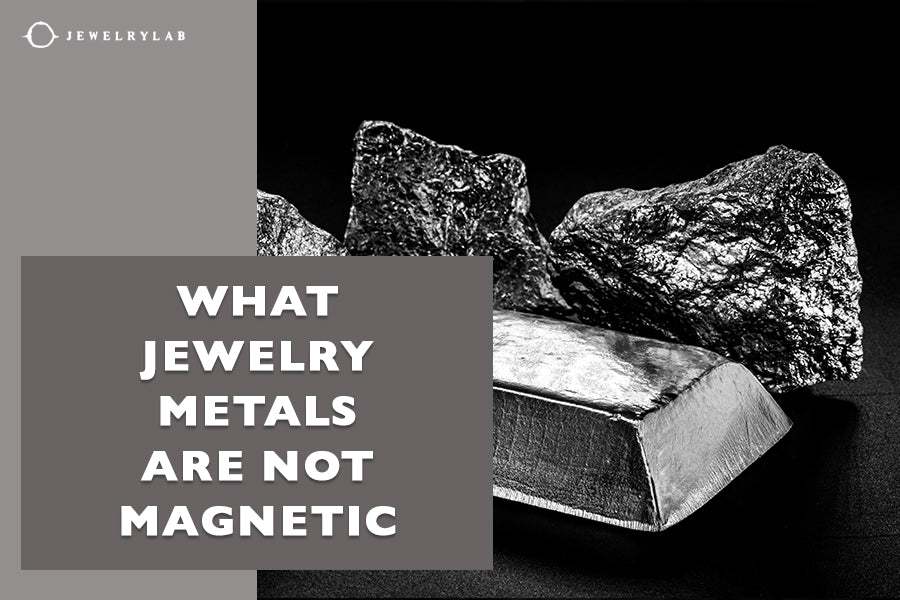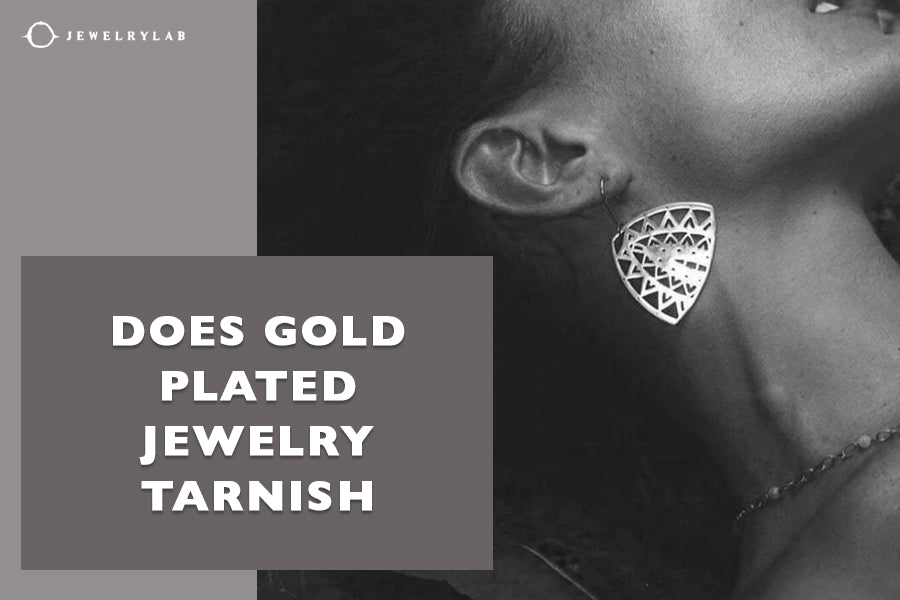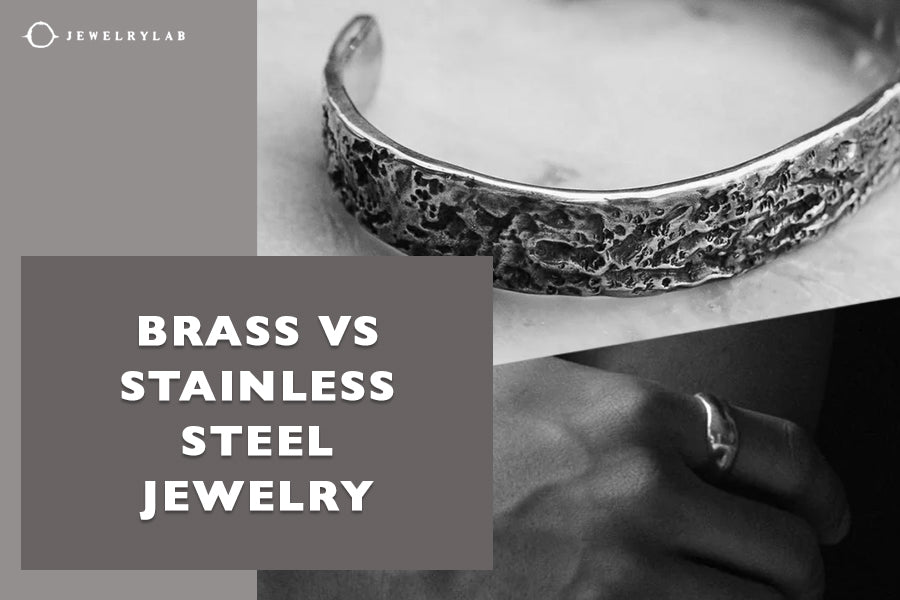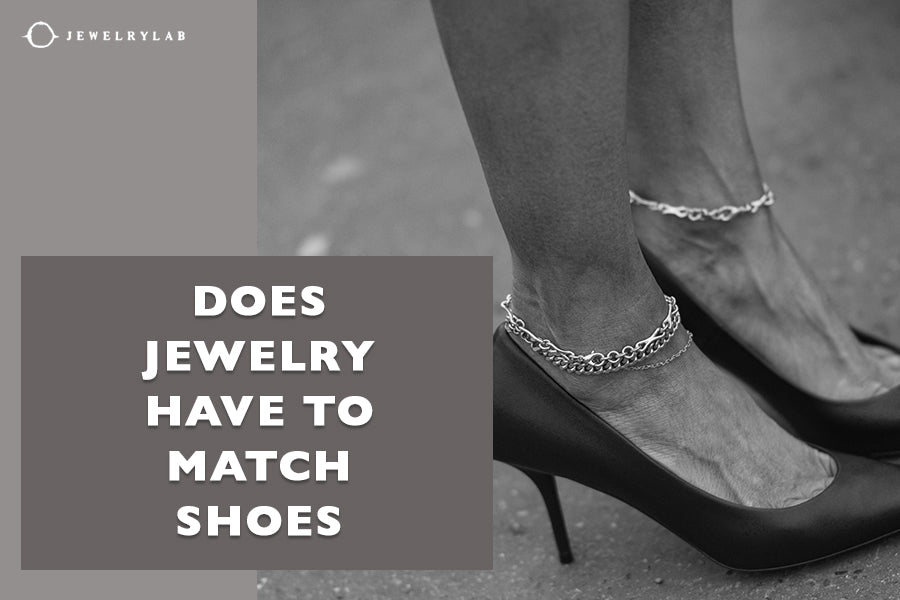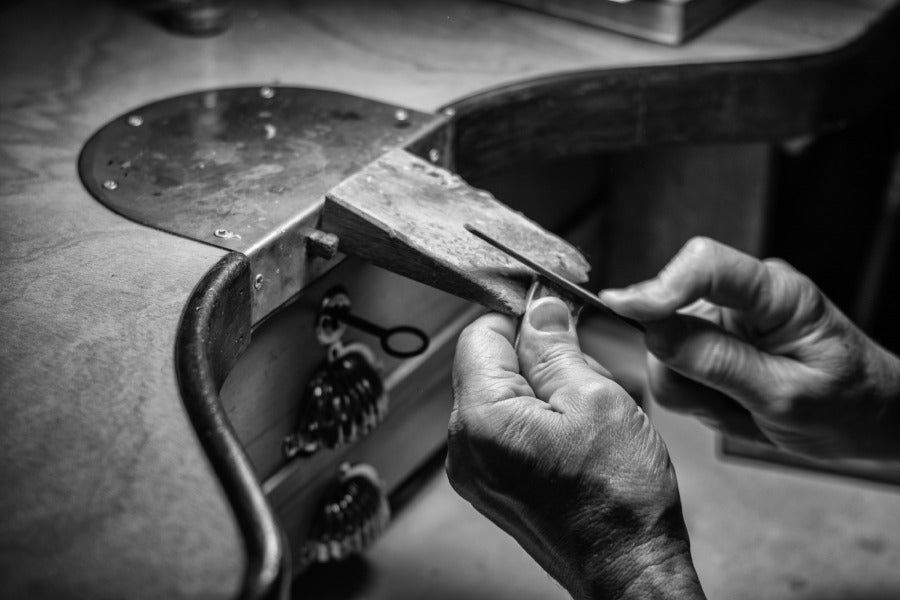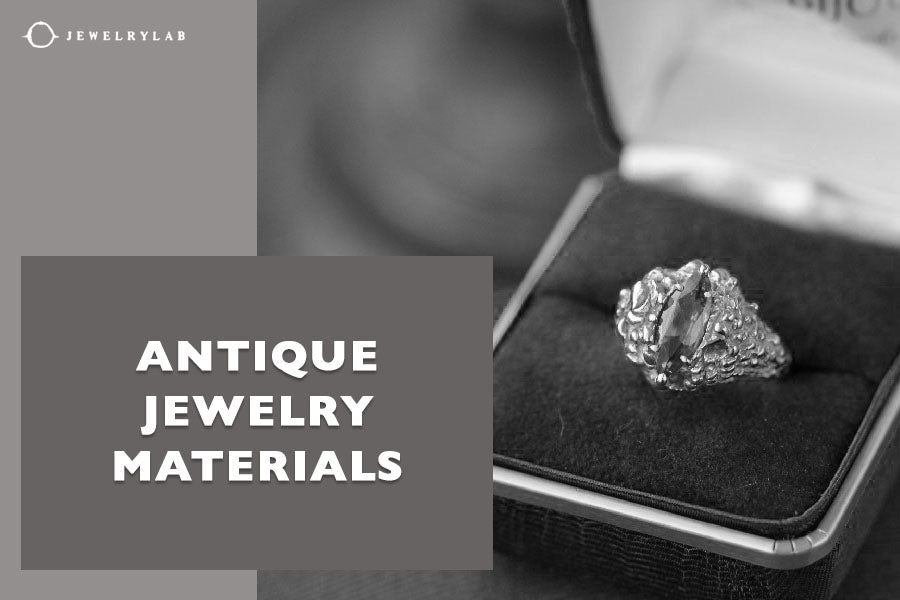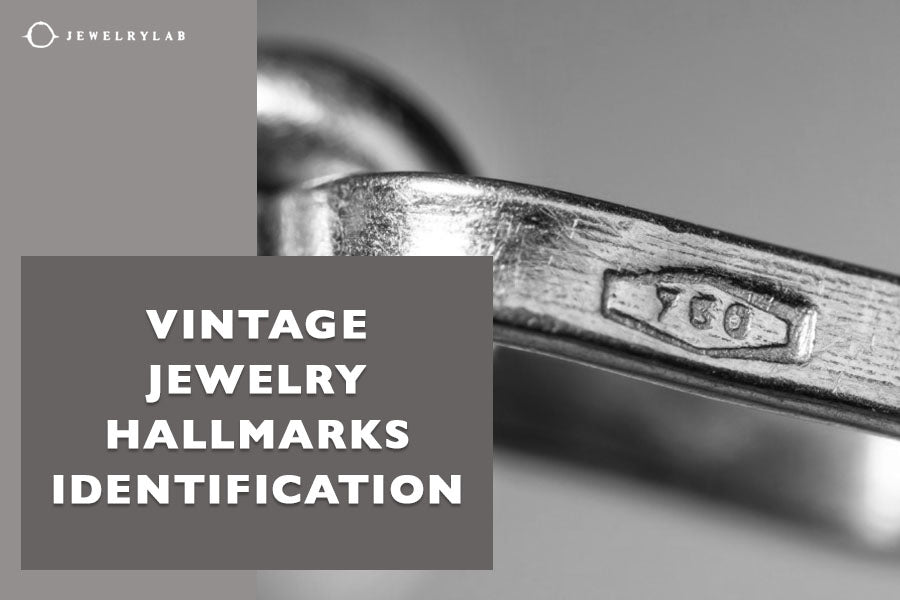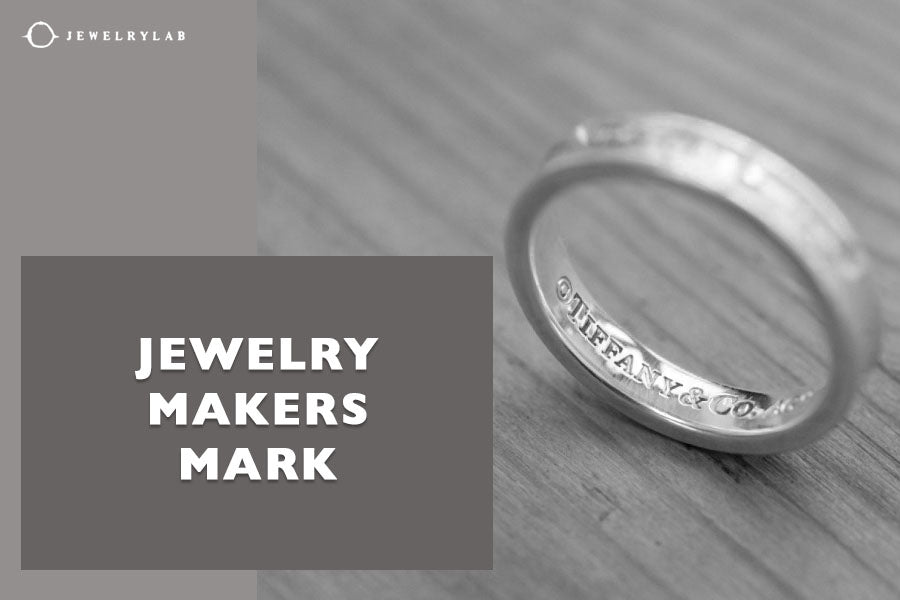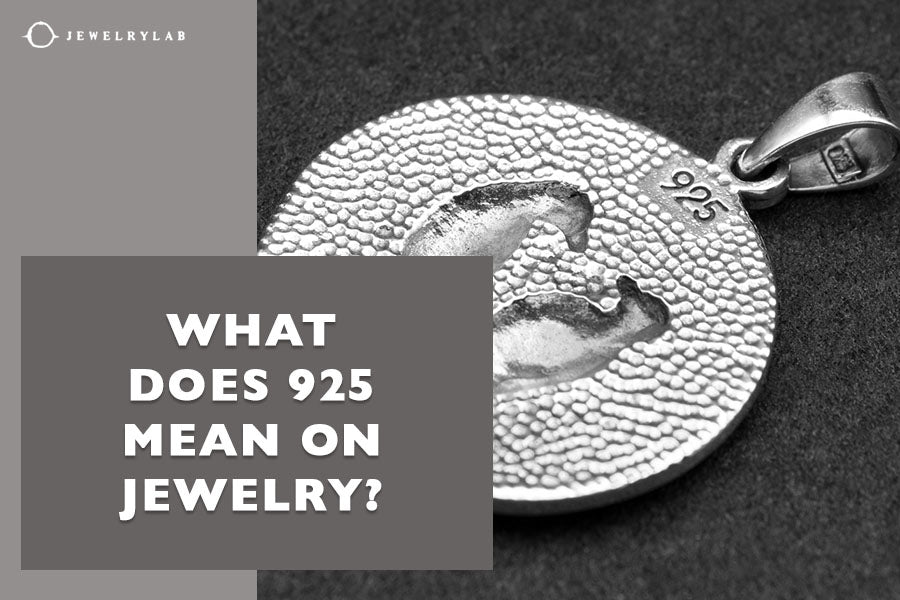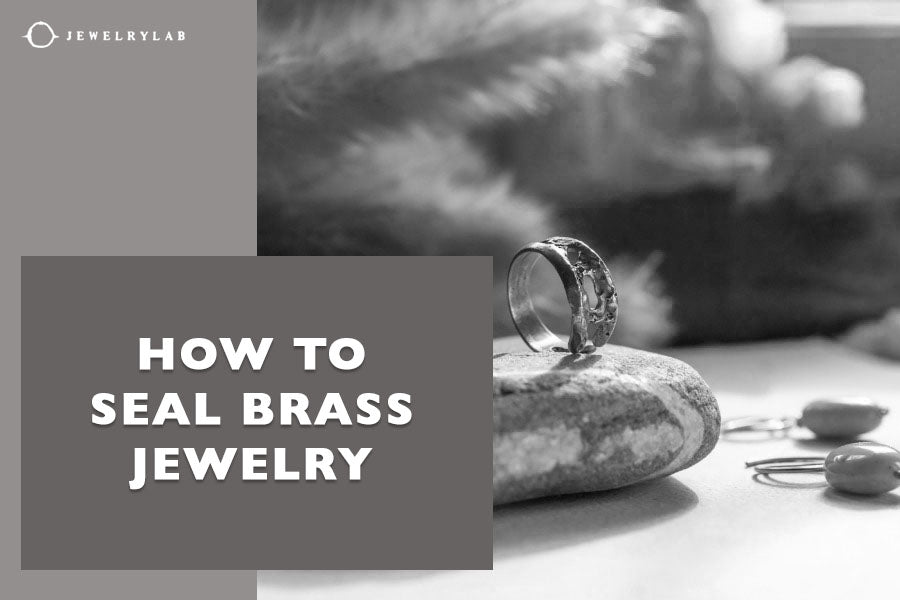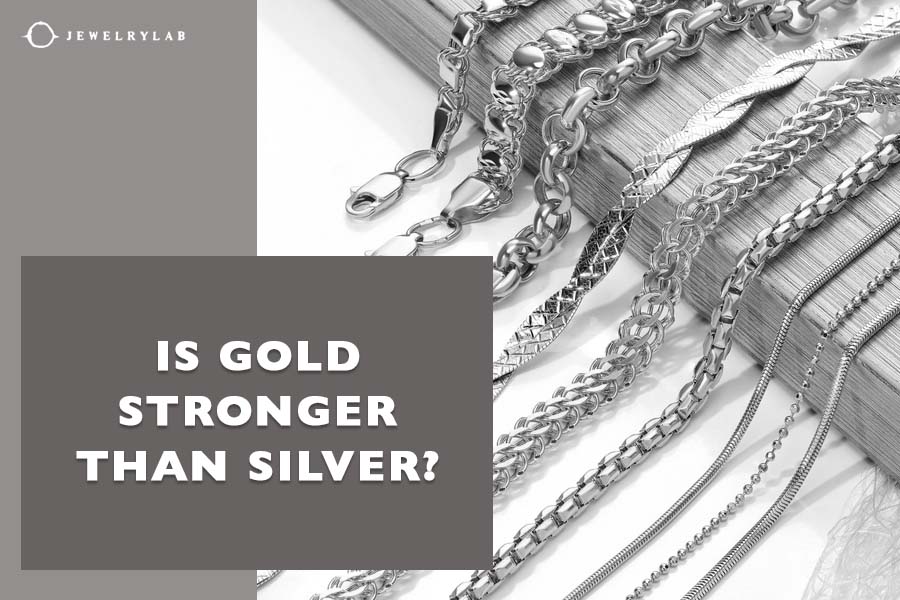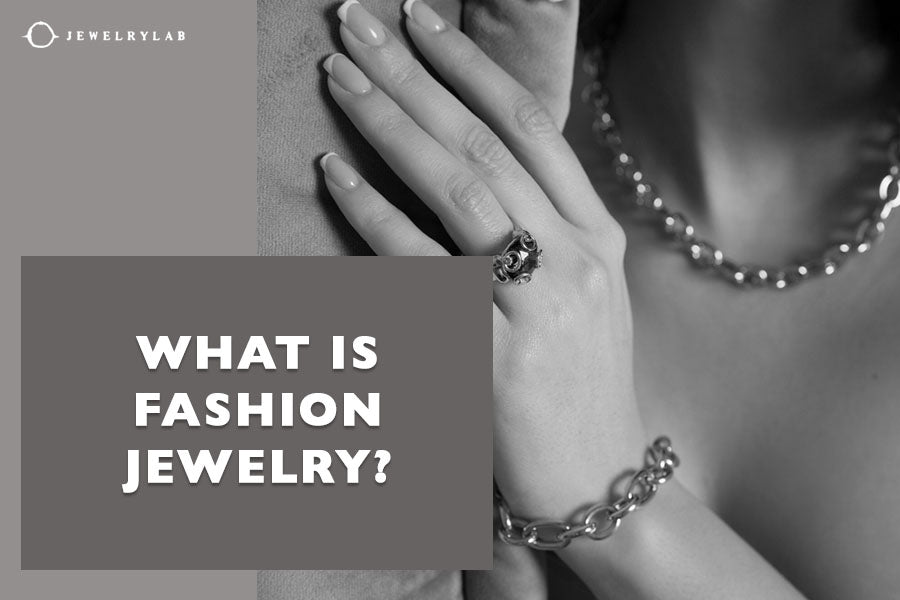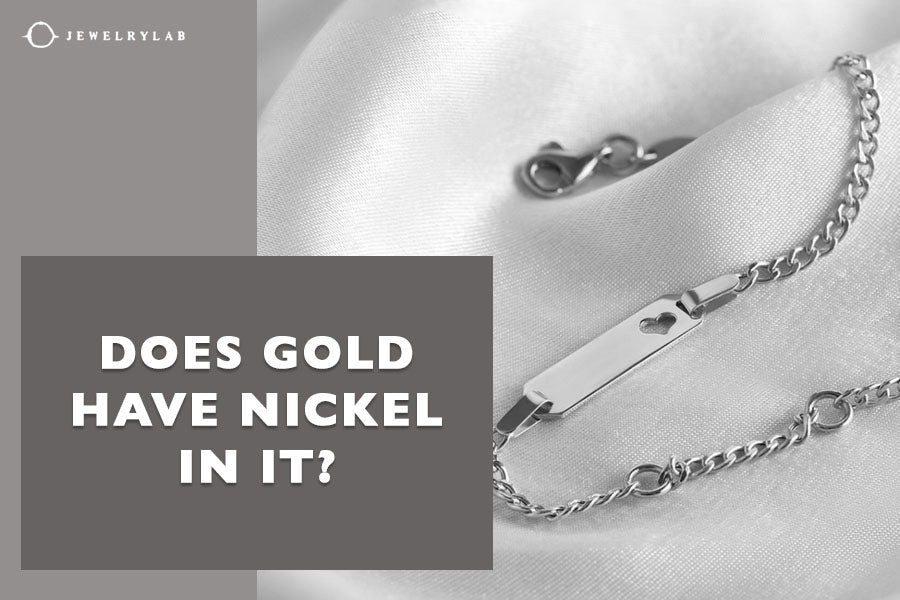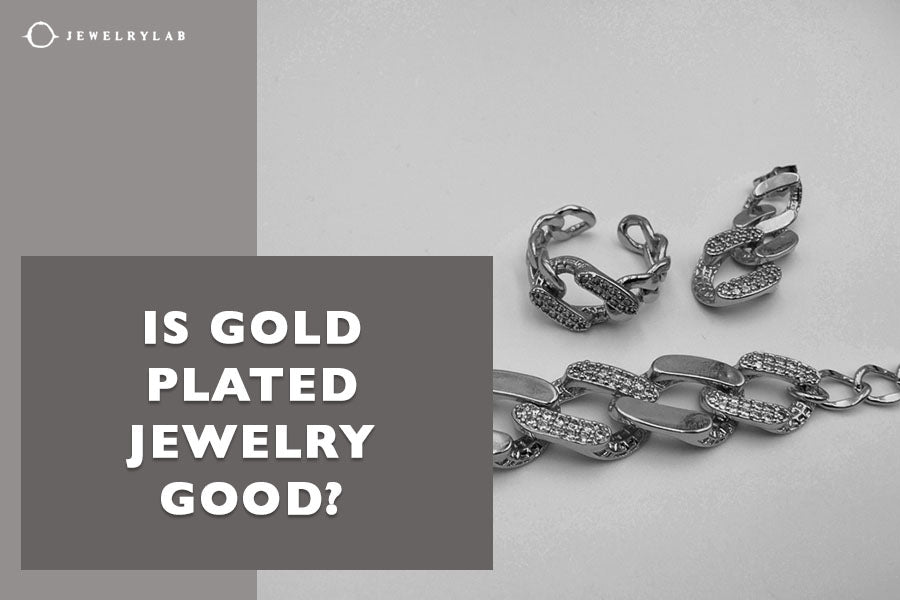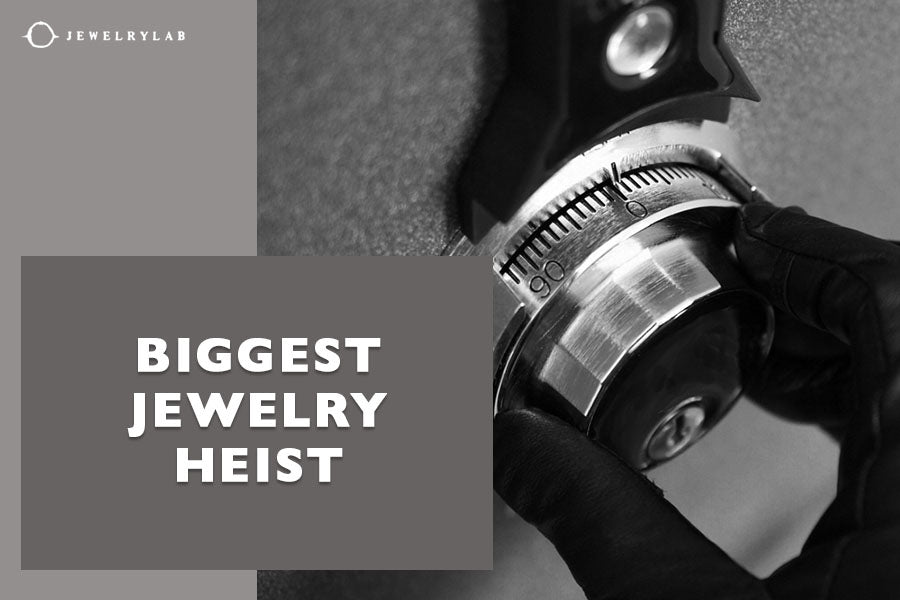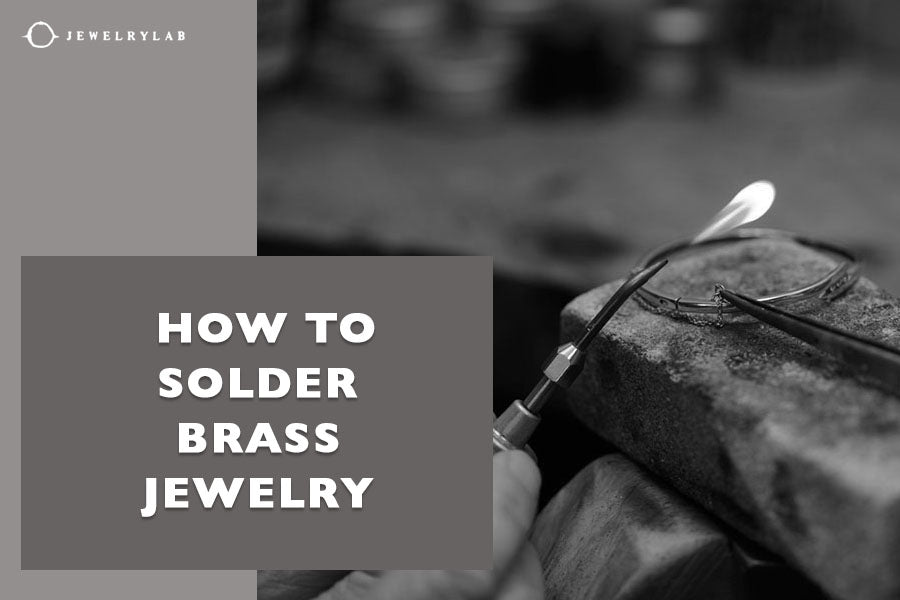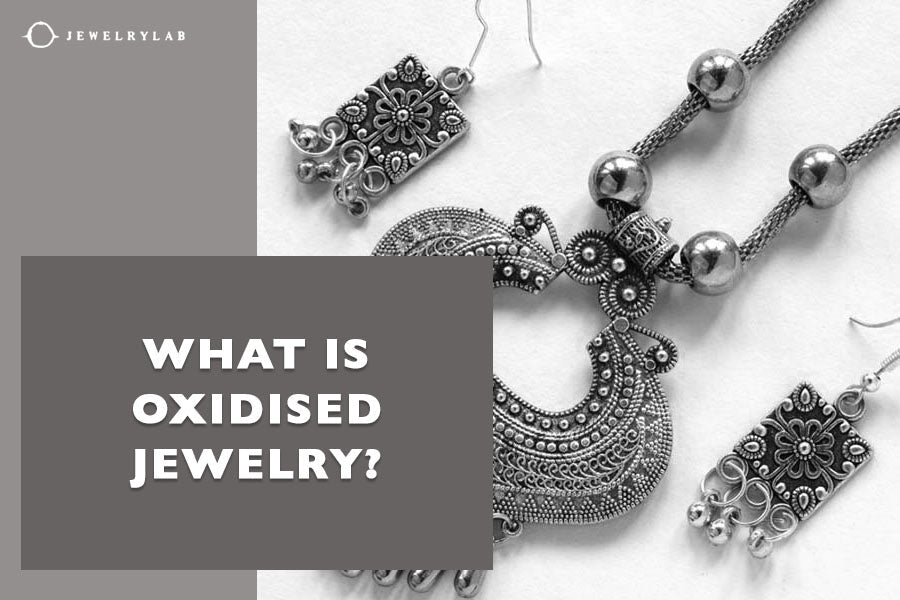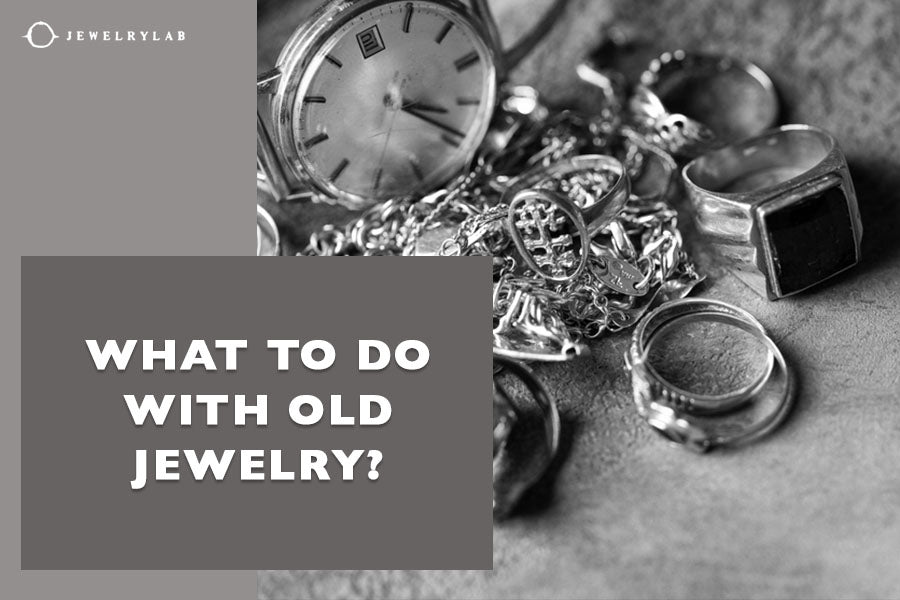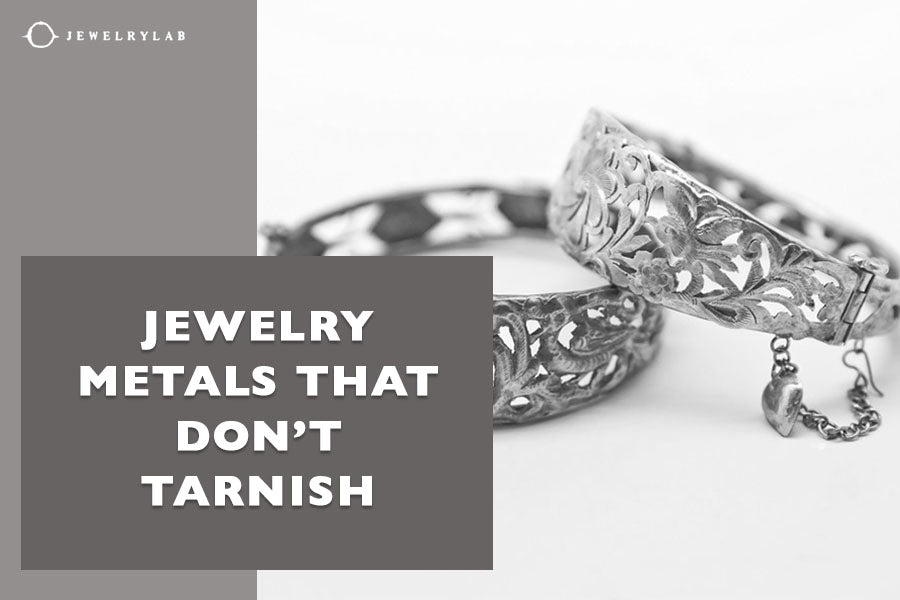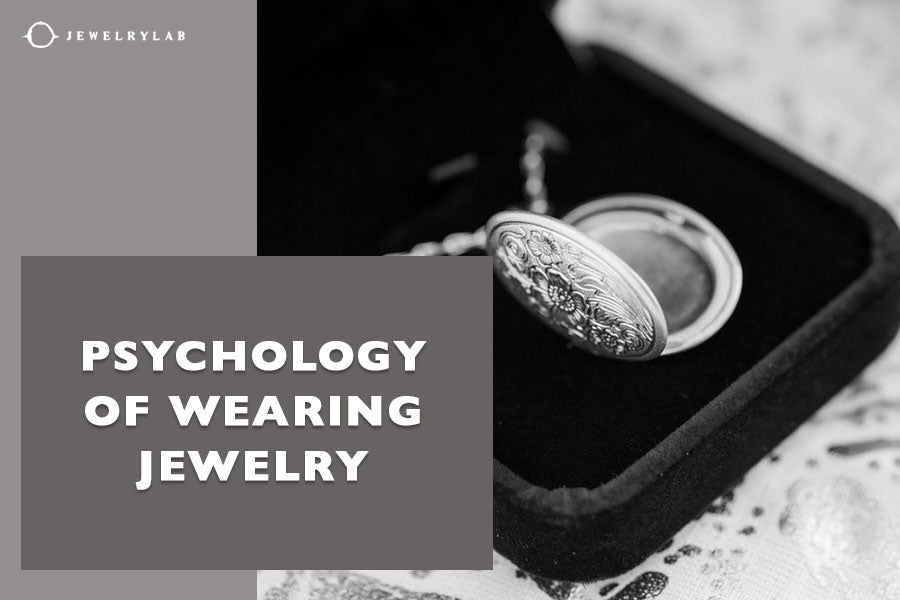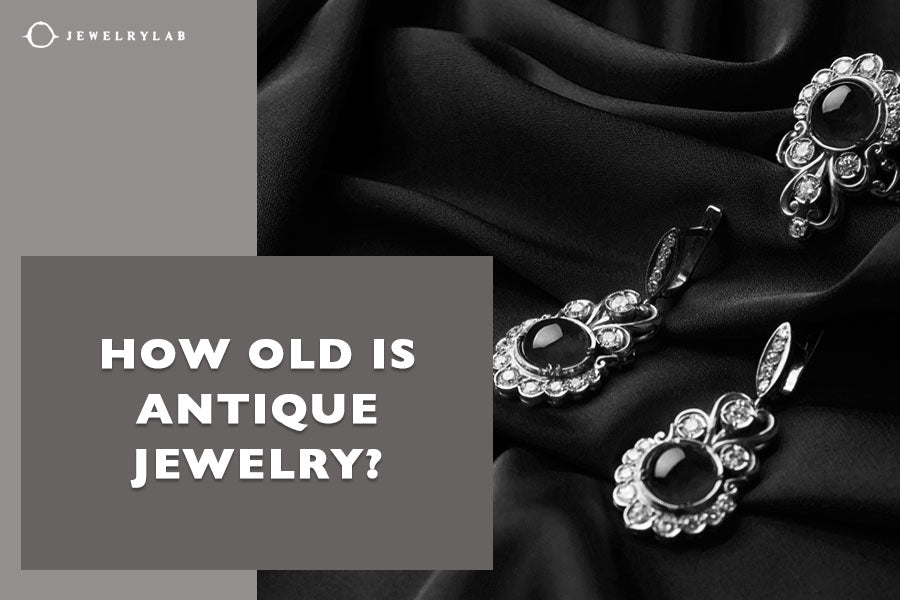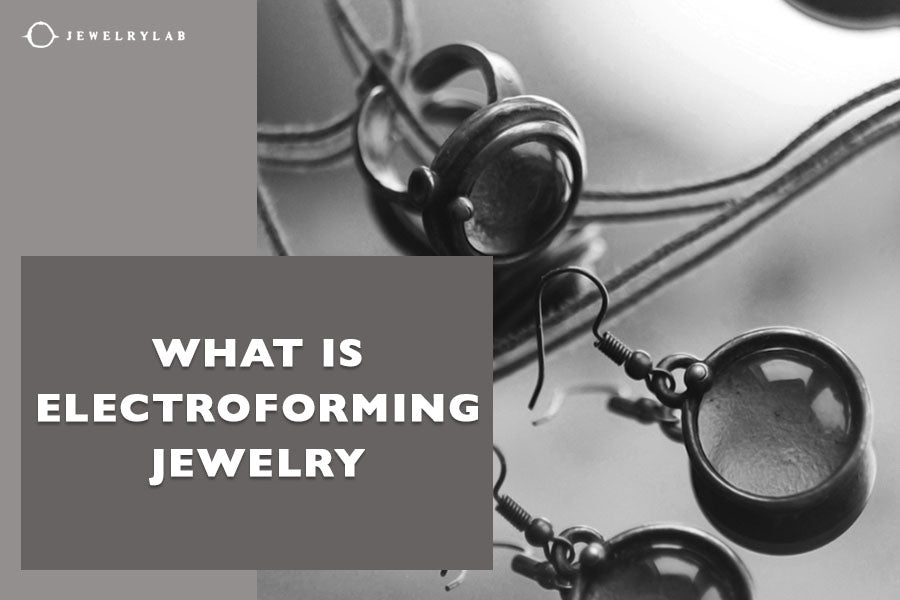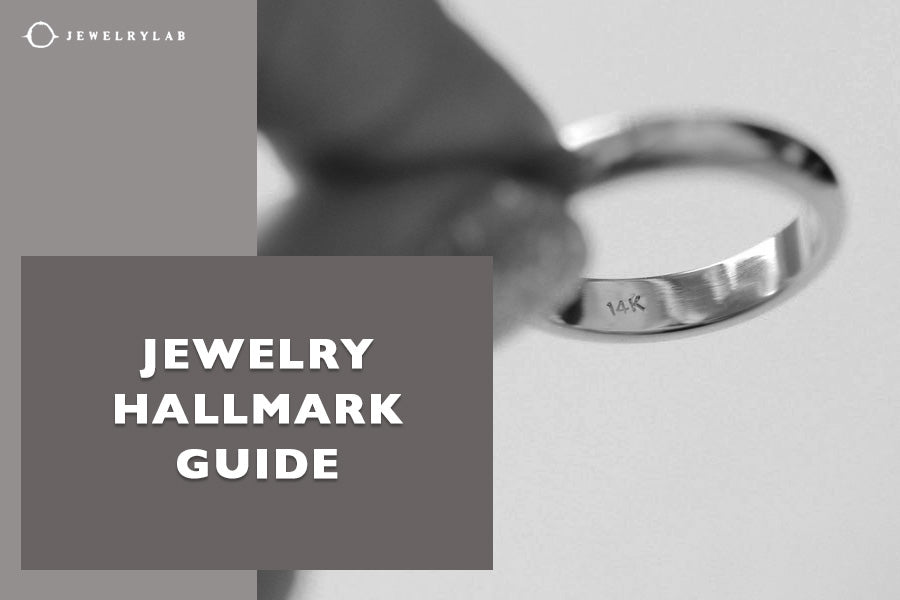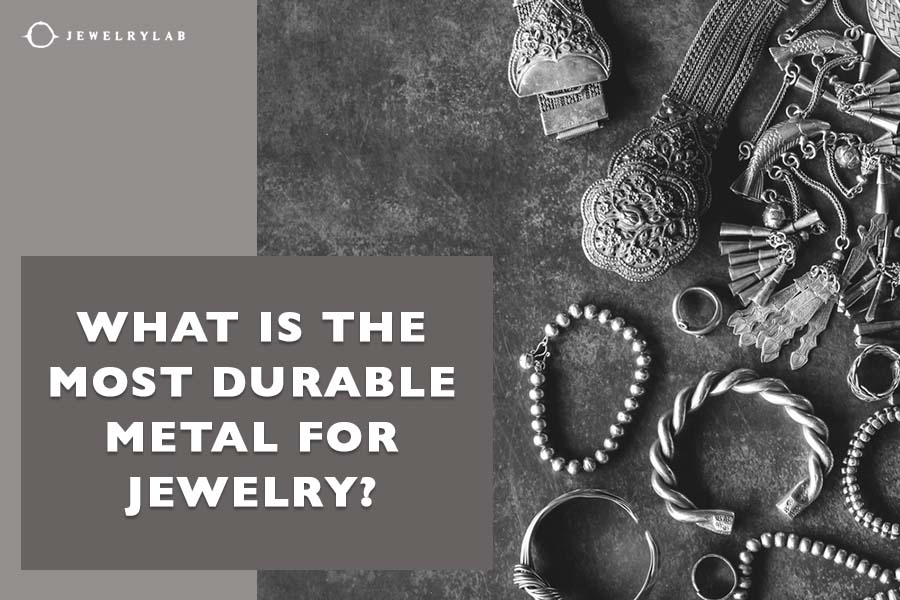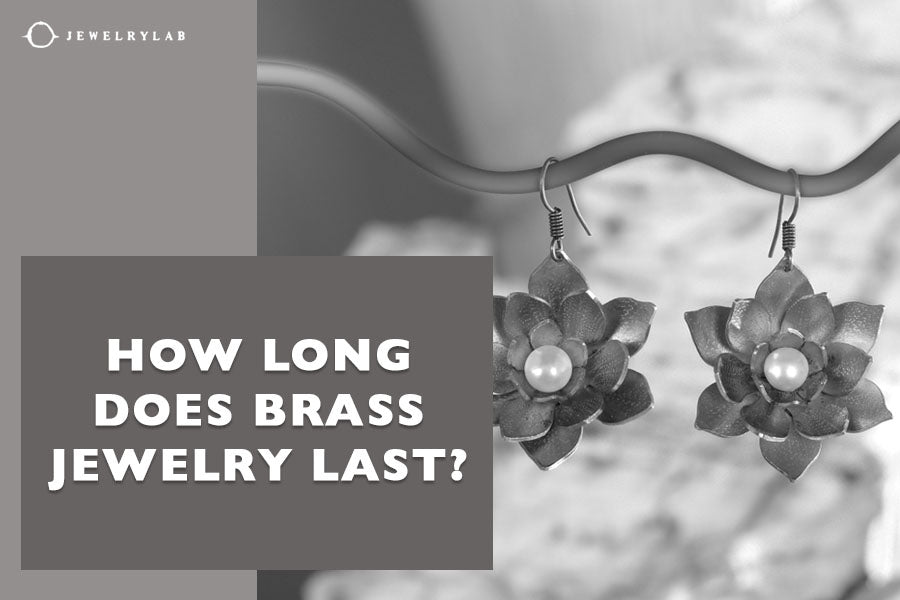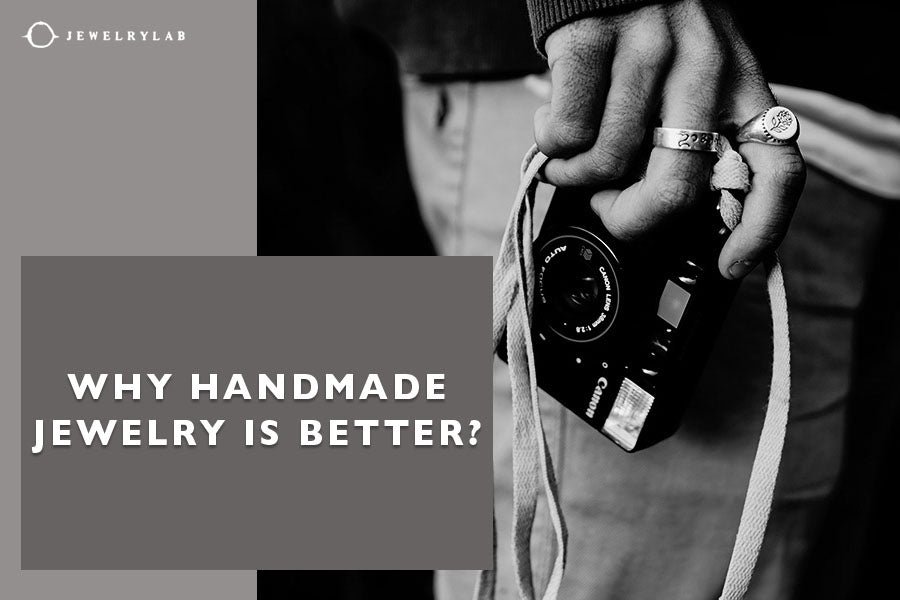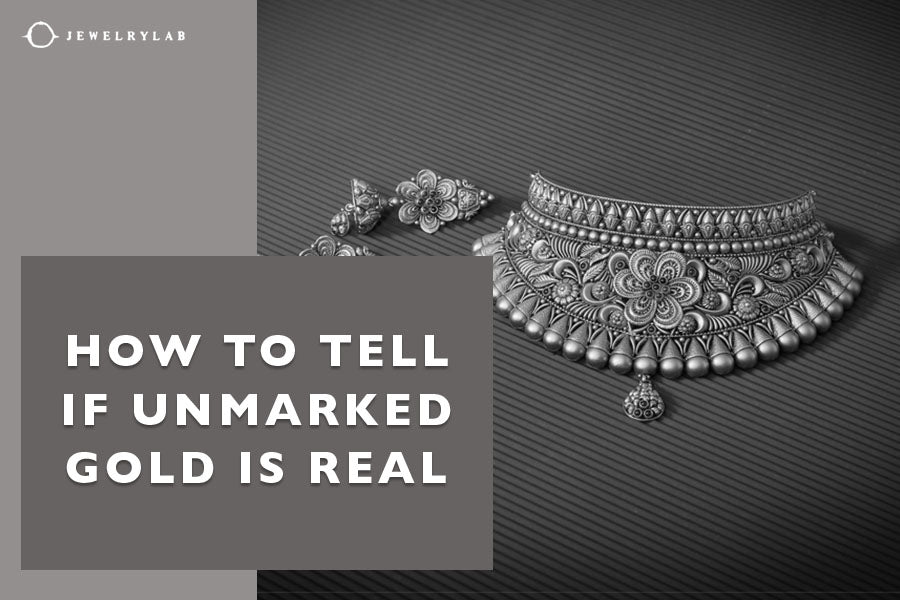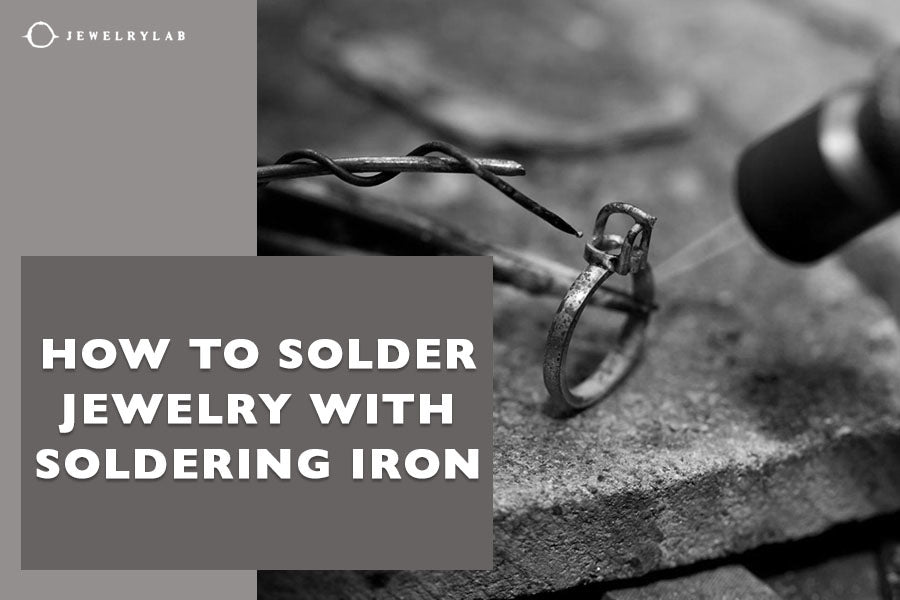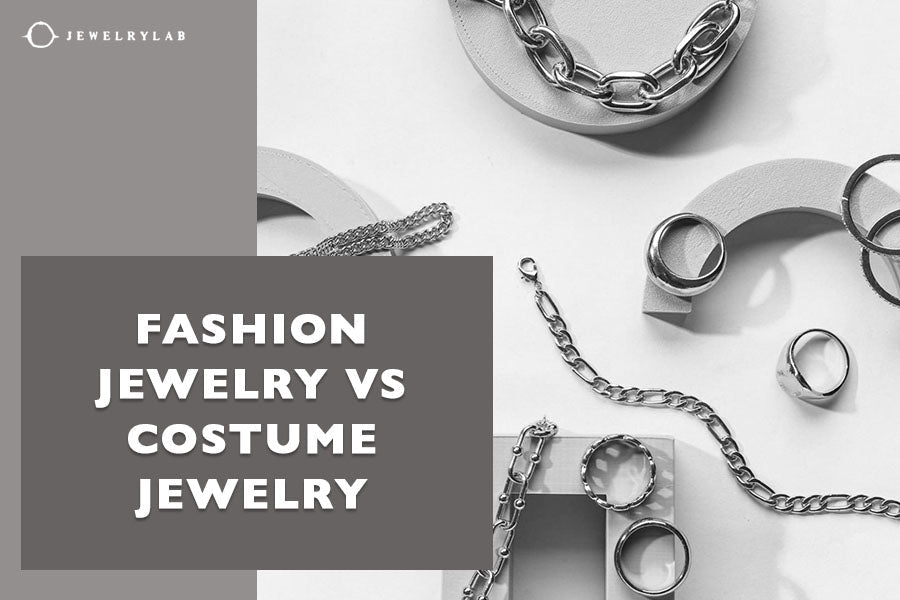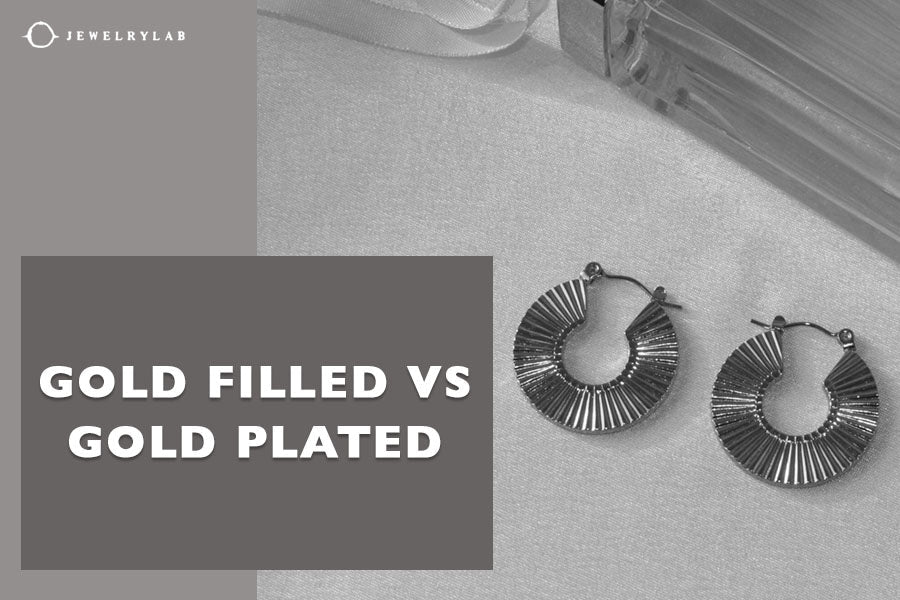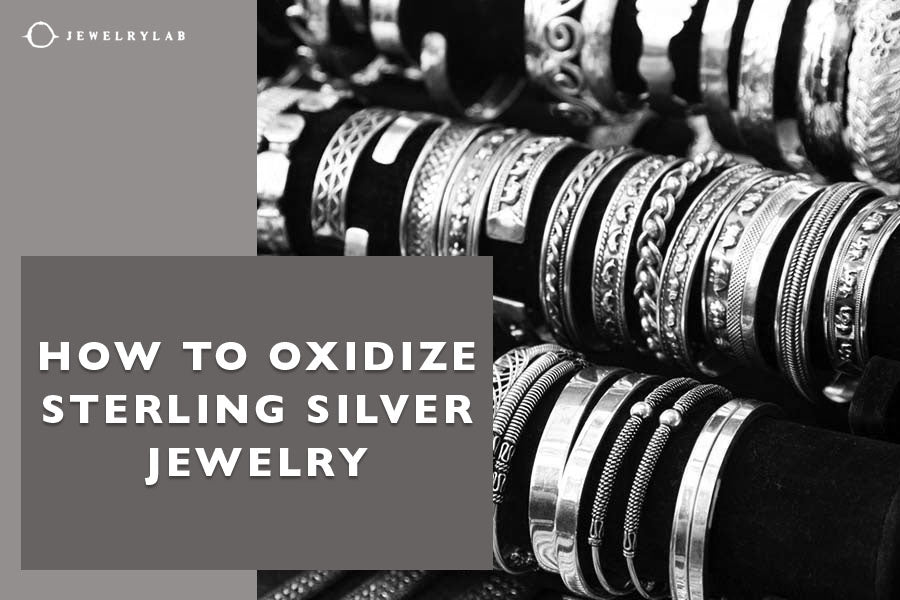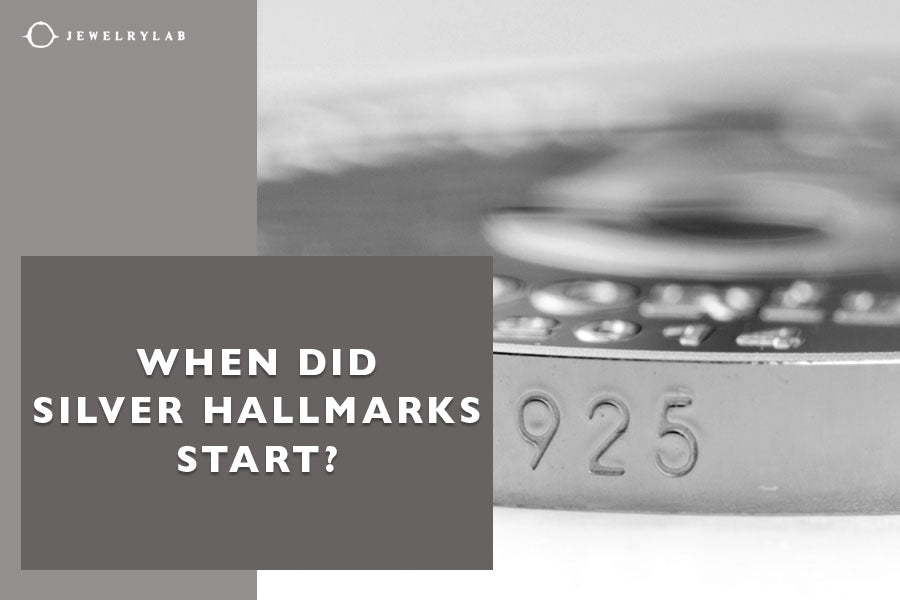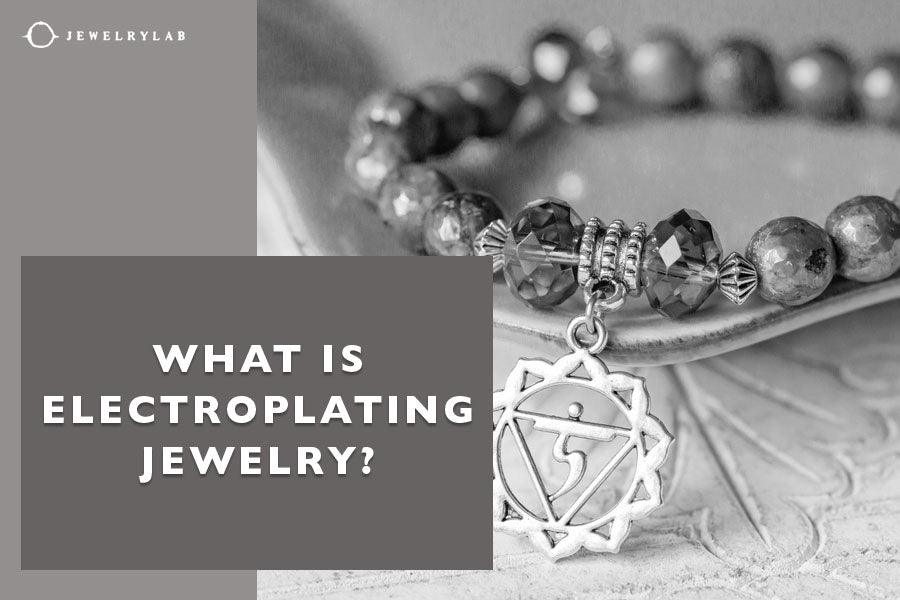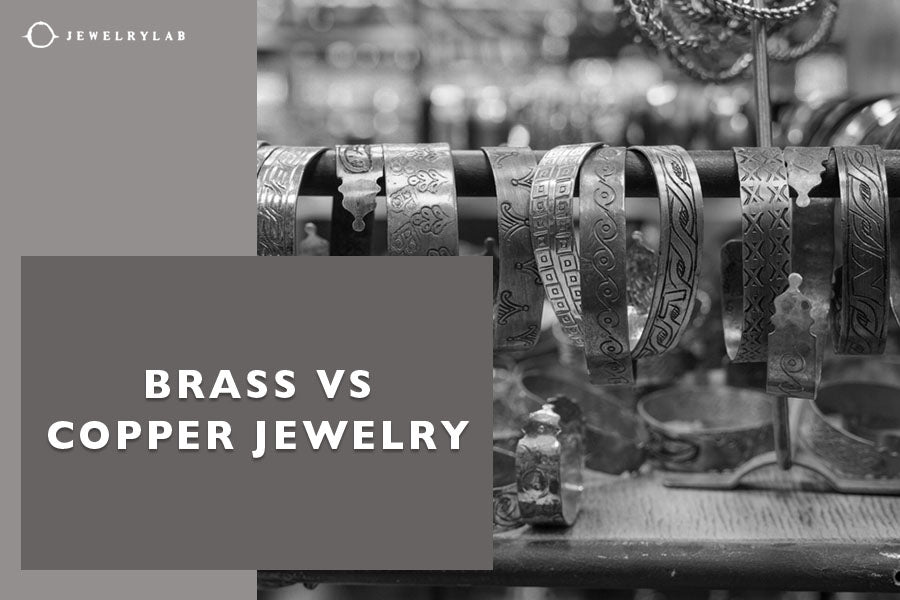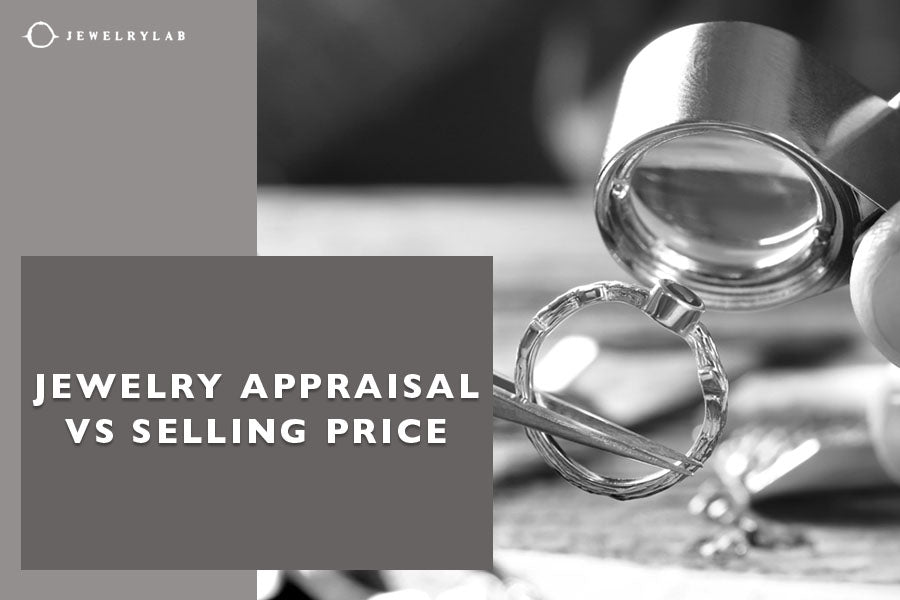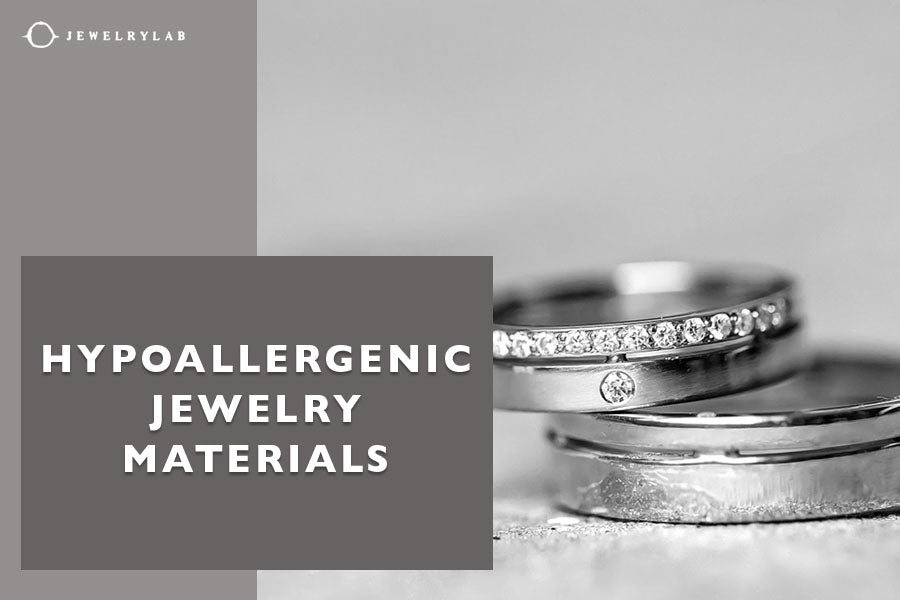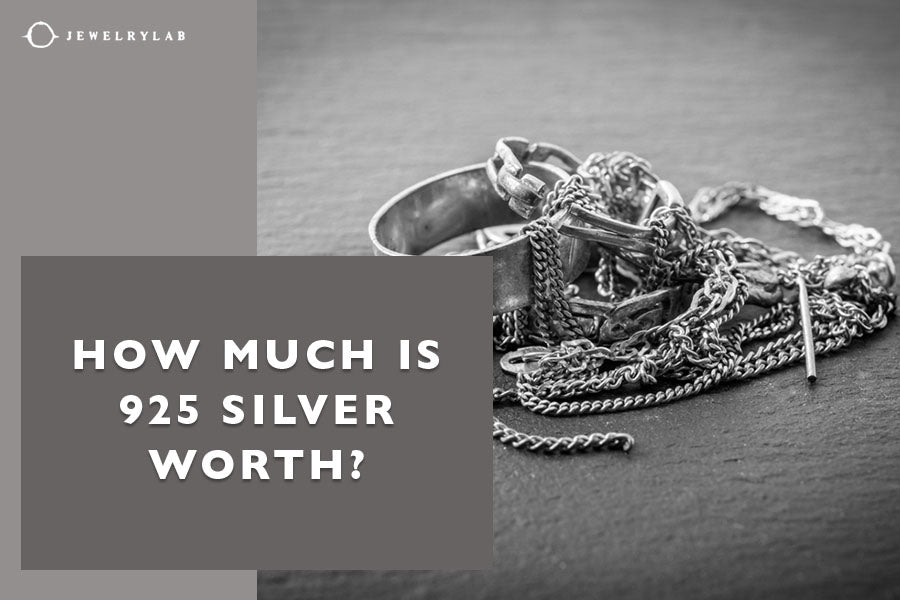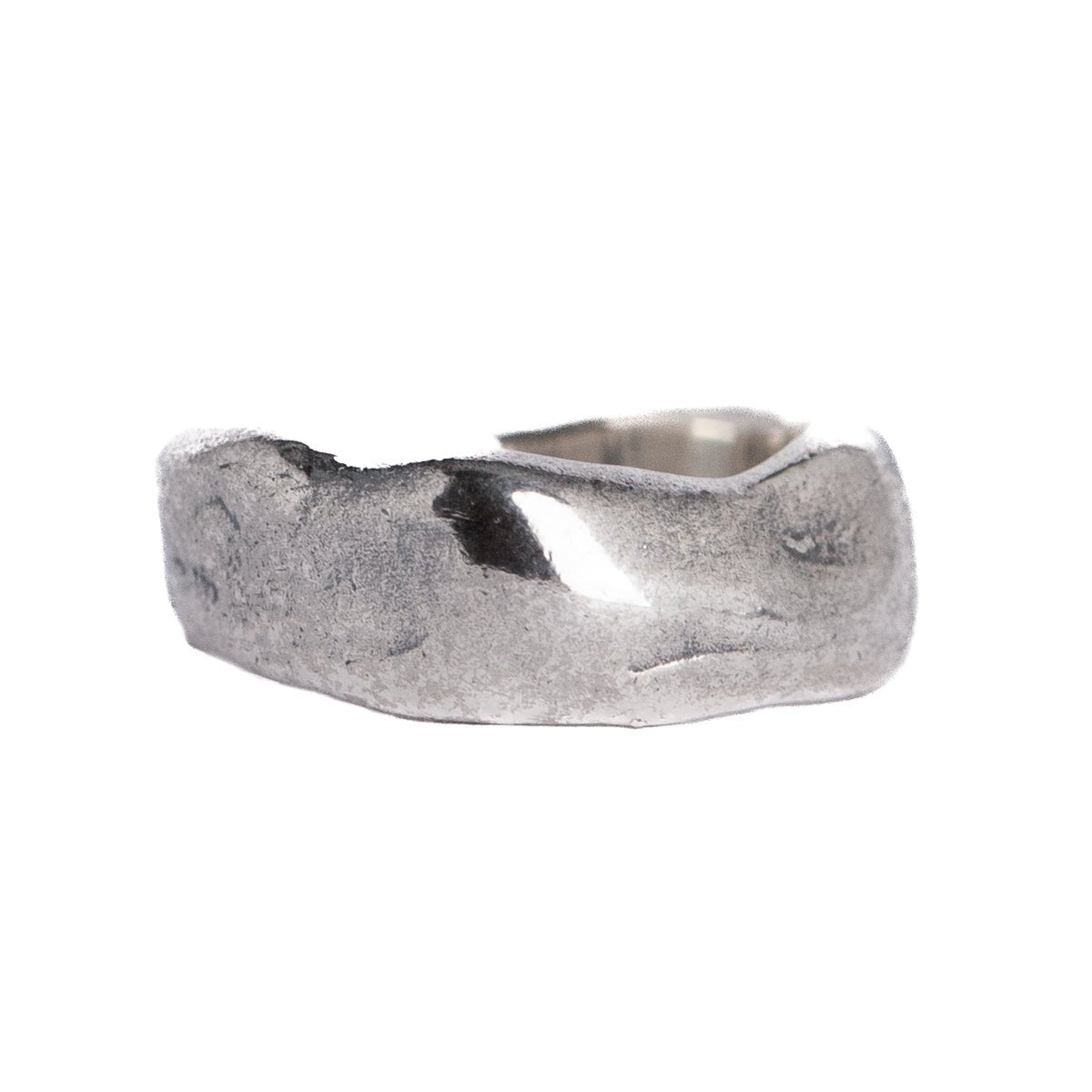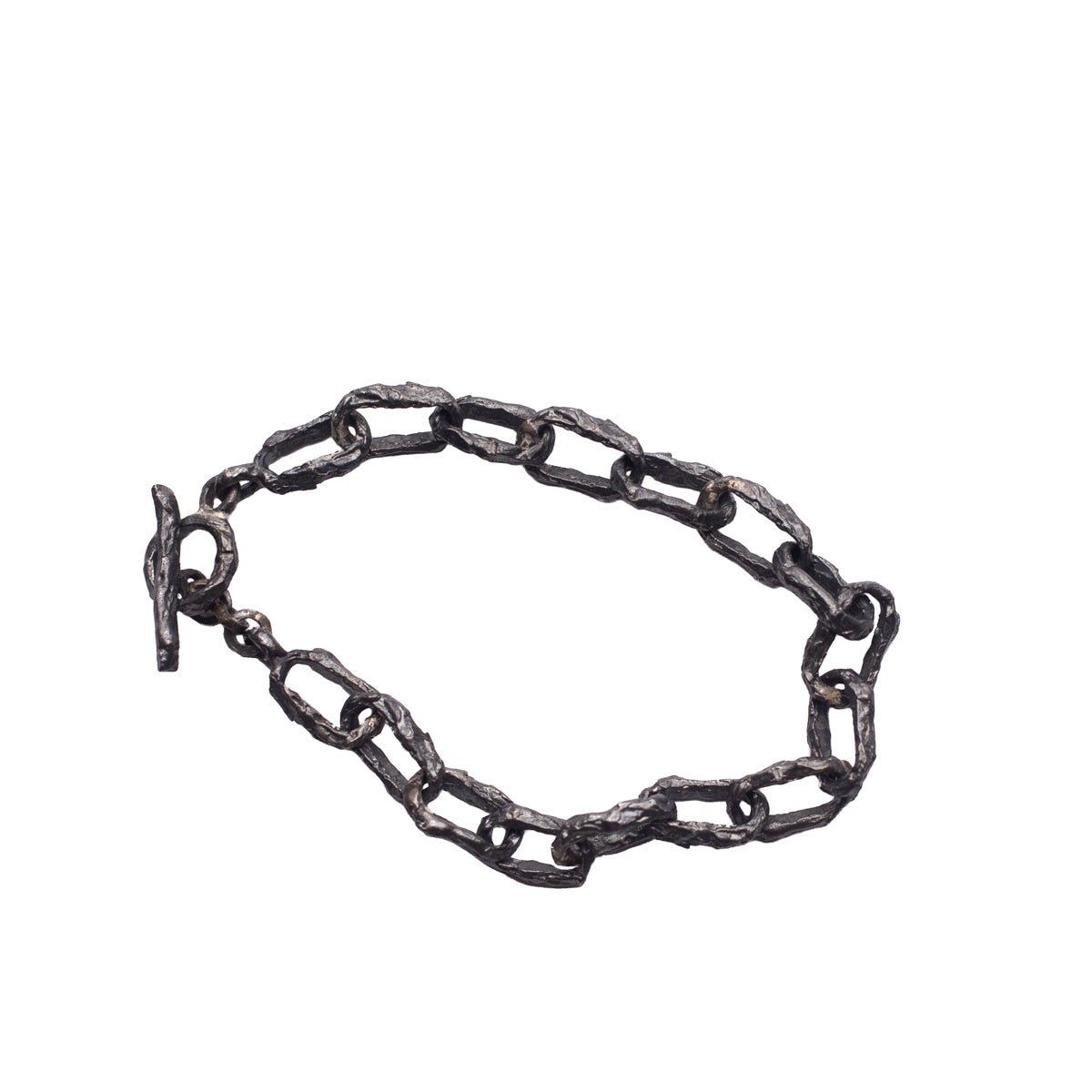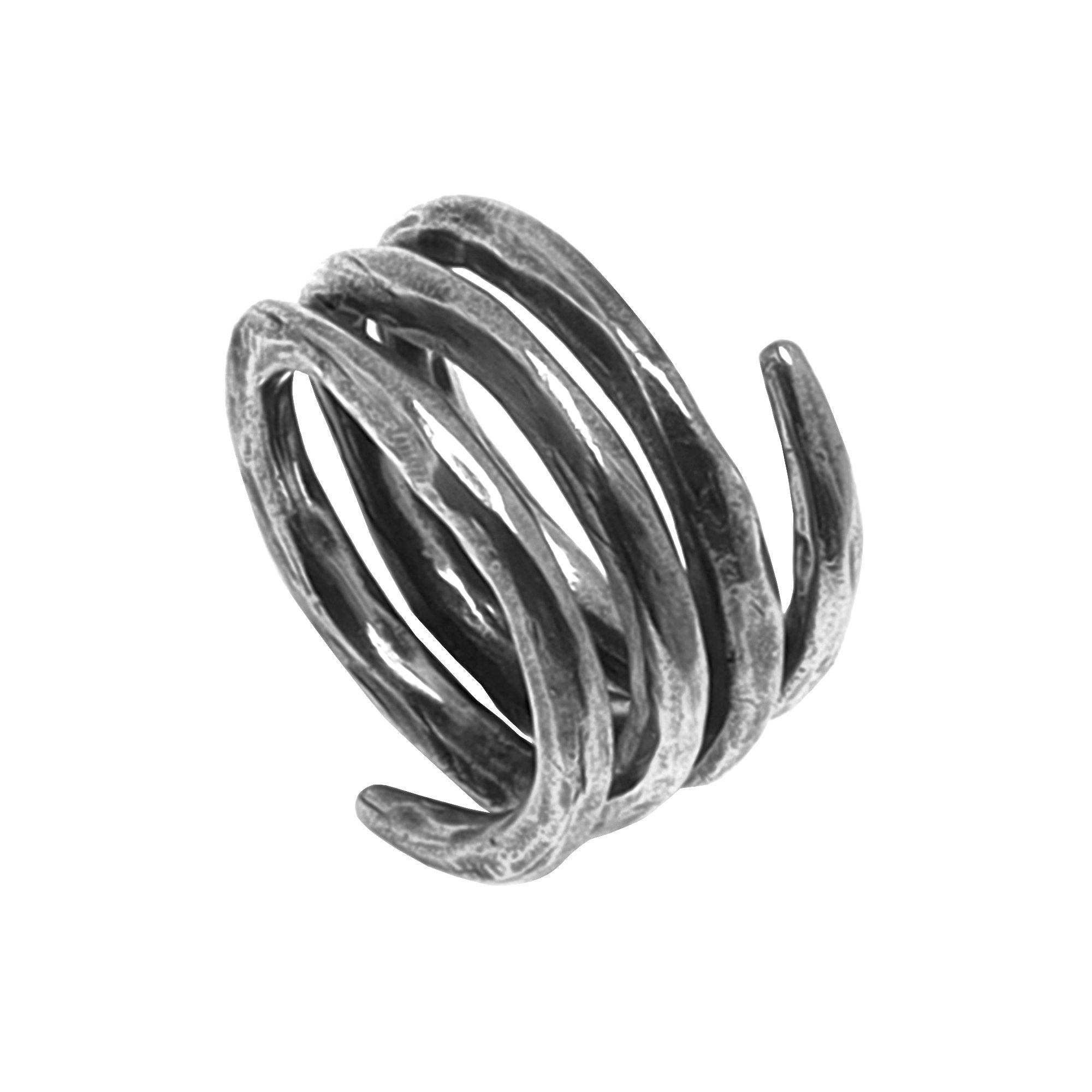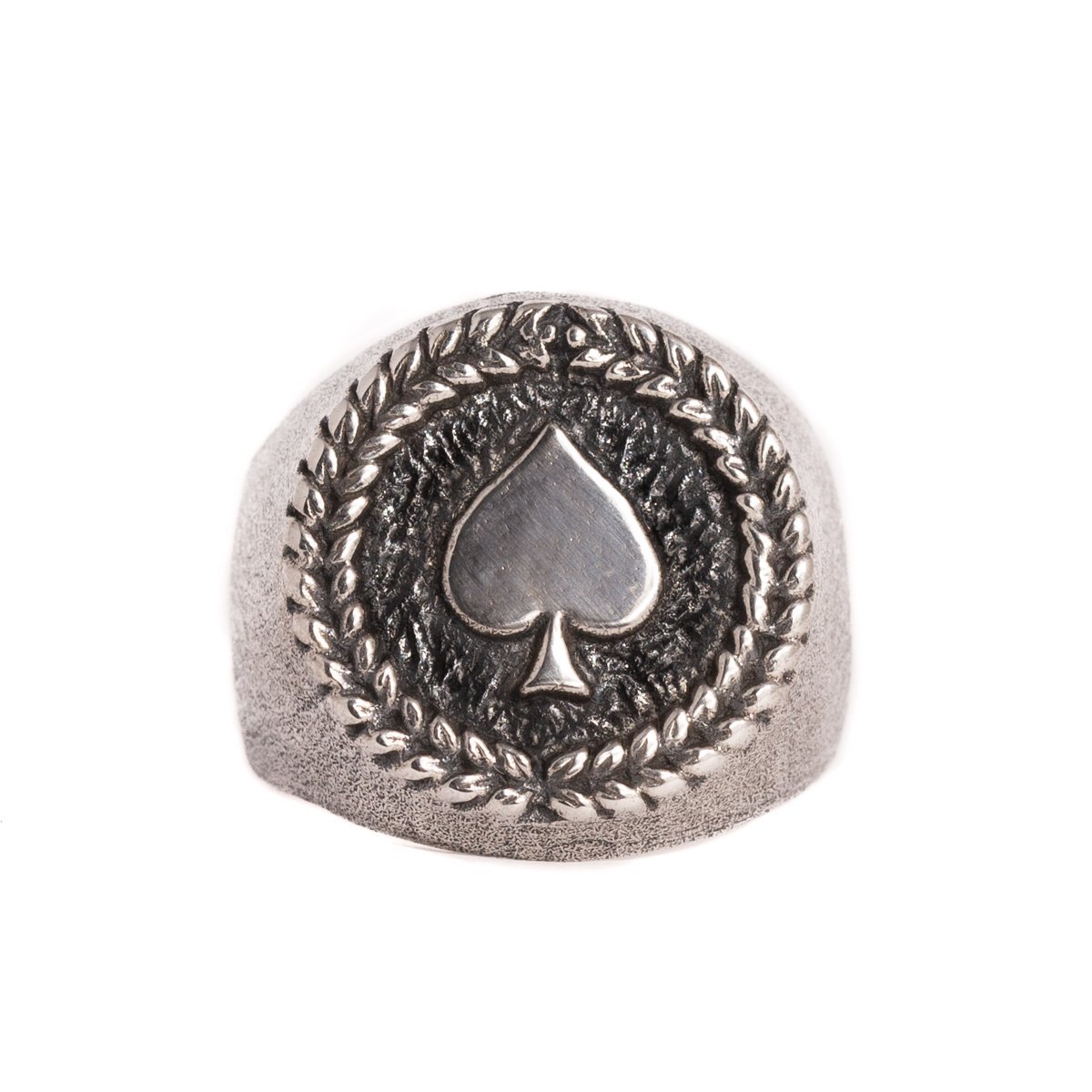by Jesús Zabala - 7 min read
Does Sterling Silver Jewelry Tarnish?
For centuries, we’ve cherished jewelry as a symbol of status, love, and personal expression, passing down tradition through generations and holding significant sentimental value in the smallest of pieces. However, the toll of time can bring about changes, gradually tarnishing jewelry and taking away its luster. So, does sterling silver jewelry tarnish, and will sterling silver earrings tarnish?
Although some individuals embrace the natural patina and unique allure of aged jewelry, many prefer to uphold their pieces' pristine condition. Discover whether your sterling 925 silver is prone to tarnish and learn more about what you can do to prevent this from happening to your precious pieces, maintaining their natural allure and shine.
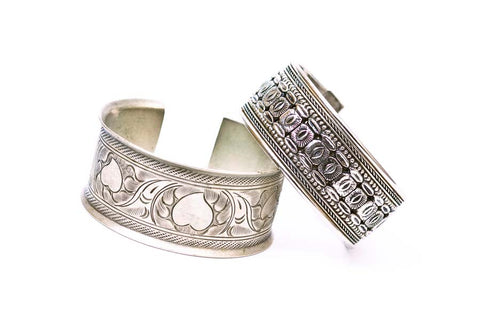
Source: shutterstock.com / Photo Contributor: dp Photography
Understanding Tarnish
Tarnish is an inherent occurrence affecting a wide array of precious materials and metals as they undergo the aging process over time. It often manifests as a dark or discolored layer that forms on the surface of jewelry, often resulting in a dull and tarnished appearance. In addition, tarnish can also present various hues, such as brown, green, blue, or even black. However, the discoloration effect depends on the specific metal and the environmental conditions your piece may be exposed to.
Most commonly, tarnish appears when jewelry comes into direct contact with certain harmful compounds in the air, notably sulfur-based elements. When sulfur compounds, such as hydrogen sulfide or sulfur dioxide, react with your jewelry’s surface, they form a compound called sulfide, consequently inducting the tarnishing process.
Furthermore, the severity of tarnish is influenced by a number of factors that may include everything from humidity and environmental conditions to chemical exposures and pollution levels. That’s why jewelry enthusiasts must recognize the presence of tarnish in different materials and accordingly mitigate its formation.
Does Sterling Silver Jewelry Tarnish?
Sterling silver is widely cherished for its sophistication and elegance, seamlessly blending into any occasion and enhancing varying looks from office wear to bolder and edgy outfits. Purchasing high-quality 925 silver can give you a captivating piece that could last and serve you for decades. With the right care routines and optimal conditions and maintenance, any risks of aging signs can be prevented.
But, does sterling silver plated jewelry tarnish?
Although prone to tarnish, sterling silver has a low susceptibility to tarnish. With just the right methods and techniques, you could potentially reduce or slow down the process.
Since silver pieces contain 92.5% pure silver, the other 7.5% is a form of alloy from additional metals like copper, which is a great subject to tarnish. These alloys can cause the sterling silver to tarnish over time, as copper reacts with hydrogen sulfite in the presence of oxygen, ultimately forming silver sulfide and water. The sulfite layer causes the surface to lose its shine, altering your silver pieces and contemplating their allure.
Factors affecting tarnish in sterling silver jewelry
While tarnish is an inevitable process for sterling silver jewelry, it doesn’t damage the integrity of your precious metals. This means that it only compromises the surface of your piece, making it significantly easier to preserve your silver items and reverse the effects of tarnish with simple polishing and cleaning techniques.
However, in addition to the tarnish that may occur in sterling silver jewelry, several factors influence the rate at which the effects develop.
Some of the most common factors influencing tarnish development include
Exposure to moisture
Once your silver pieces encounter the presence of water or moisture, they kick off a chemical reaction with the sulfur compounds in the air. This makes it important to take extra care of your items and use proper storage methods.
Contact with chemicals
When sterling silver jewelry comes into contact with everyday chemical elements like air pollutants, emissions, or sulfur-containing gasses from industrial processes, it can start to tarnish quicker than usual. Due to the sulfur contents, silver can start forming tarnish-inducing compounds, making it imperative to take protective steps and reduce exposure to chemical sources that could potentially damage your items.
Contact with other materials
In addition to proper storage and limited exposure to chemicals, silver maintenance also requires keeping your silver away from several materials, including rubber, wool, and certain papers. These materials contain sulfur compounds that can react with silver and hasten tarnish formation, altering your item’s natural shine and luster.
Skin contact
Lastly, sterling silver may be prone to tarnish when exposed to the skin. The natural oils, acidity, and sweat from our skin can contribute to oxidation, marking the sign of time and speeding up the process of tarnish.
How to Prevent Tarnish and Sterling Silver Maintenance
From proper storage and handling of sterling silver jewelry to protective coatings and anti-tarnish solutions, there are numerous preventive measures you can take to slow down tarnish development and keep your 925 silver items looking brand new. Here are some of the most common practices on how to prevent sterling silver from tarnishing and restore your precious metal’s shine:
1. Store your sterling silver jewelry properly
Proper storage is key for maintaining your precious metals, like sterling silver, brilliance, and natural luster for years to come. Unfortunately, many people underestimate the importance of this step. Overlooking it can lead to undesirable discoloration and deterioration coatings in your favorite 925 silver pieces, highlighting its necessity. By storing your silver away from sulfur sources, moisture, and humidity, you can significantly reduce the risk of tarnish formation. With proper storage, you prevent dullness and tarnish from your pieces while preserving their shine and captivating allure.
Investing in airtight, dry, and cool containers, along with tarnish-resistant linen and anti-tarnish pouches, can make all the difference for your sterling silver jewelry piece.
These simple tools create a protective barrier, shielding your silver from environmental factors that might speed up tarnish development.

Source: shutterstock.com / Photo Contributor: Finesell
2. Keep it away from moisture
When silver items come into contact with moisture or humid air, it facilitates and promotes tarnish formation, compromising the surface of the metals.
However, to keep them looking stunning and safeguard them from moisture, you want to ensure you aren't exposing your items unnecessarily to water at any time. By storing it properly and keeping it away from silver's greatest enemy, you can effectively mitigate the risk of tarnish development and preserve your sterling silver’s brilliance for generations to come.
3. Clean it at the first sign of tarnish
At some point, you’d likely see a little tarnish forming on your sterling silver jewelry. However, you shouldn’t be alarmed, as this can be easily handled with some warm water and dishwashing soap. Here are the steps for cleaning your 925 silver items and restoring their natural shine:
- Fill a cup with warm water and mix in several drops of mild dishwashing soap.
- Put your sterling silver items in the cup and gently wash your jewelry, focusing on the tarnished jewelry parts.
- Use a cotton swab to clean the surface of your jewelry.
- Once cleaned, remove your items from the cup, wipe them dry, and allow them to air dry completely before placing them back into storage for safekeeping.
These steps serve to prevent moisture from building up on your precious metals. As long as you follow them and properly clean them before storage, you should be able to safely remove all the tarnish from your silver items.
4. Limit harsh chemical exposure
When it comes to sterling silver jewelry, make sure you always avoid using harsh chemicals on your items, as these compounds can react with the metal and promote tarnish. Whether it’s through airborne particles or residue on your hands, when these sulfates come into contact with silver, they form silver sulfide compounds and compromise the jewelry’s surface.
So, this includes steering clear from chemicals often found in:
- Shampoos and conditioners
- Body washes
- Lotions
- Hand soaps
- Hand sanitizers
- Perfumes
- Self-tanners
- Dish soaps
- Pools
-
Hot tubs
5. Wear it regularly
Lastly, regularly wearing your sterling can help you prevent tarnish development and preserve its natural glow and allure. The friction generated through wearing it daily can help polish the jewelry and reduce the likelihood of seeing the signs of time too early. The constant movement and air prevent the accumulation of moisture, maintaining its brilliance and minimizing the need for frequent cleaning and professional polishing.
However, as natural oils and sweat from your skin build up on your sterling silver items, you must make sure you wipe them clean after wearing them.
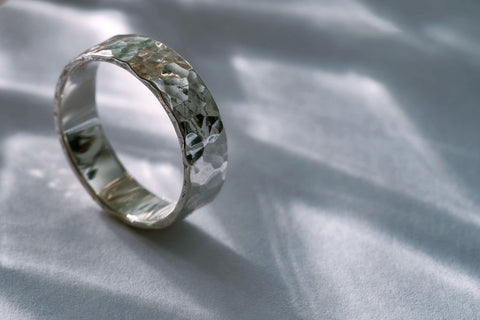
Source: shutterstock.com / Photo Contributor: BAZA Production
Conclusion
So, does sterling silver jewelry tarnish?
Over time, sterling 925 silver can also be susceptible to tarnish, diminishing its natural shine and luster. Once the metal's surface comes into contact with sulfur-based elements, it forms silver sulfide, altering the natural luster and shine of your precious metals.
Fortunately, there are numerous proactive measures and preventive techniques you can utilize to ensure your 925 silver jewelry’s endurance and beauty. From proper storage, regular cleaning, and limiting its exposure to moisture and harsh chemicals, you can preserve your silver’s brilliance and unparalleled allure for generations to come.
-
DESIGNED & HANDMADE IN BALI
-
FREE RESIZING FOR EVERY PIECE
-
FREE SHIPPING ON $150+ ORDERS
-
100% SAFE & SECURE CHECKOUT

